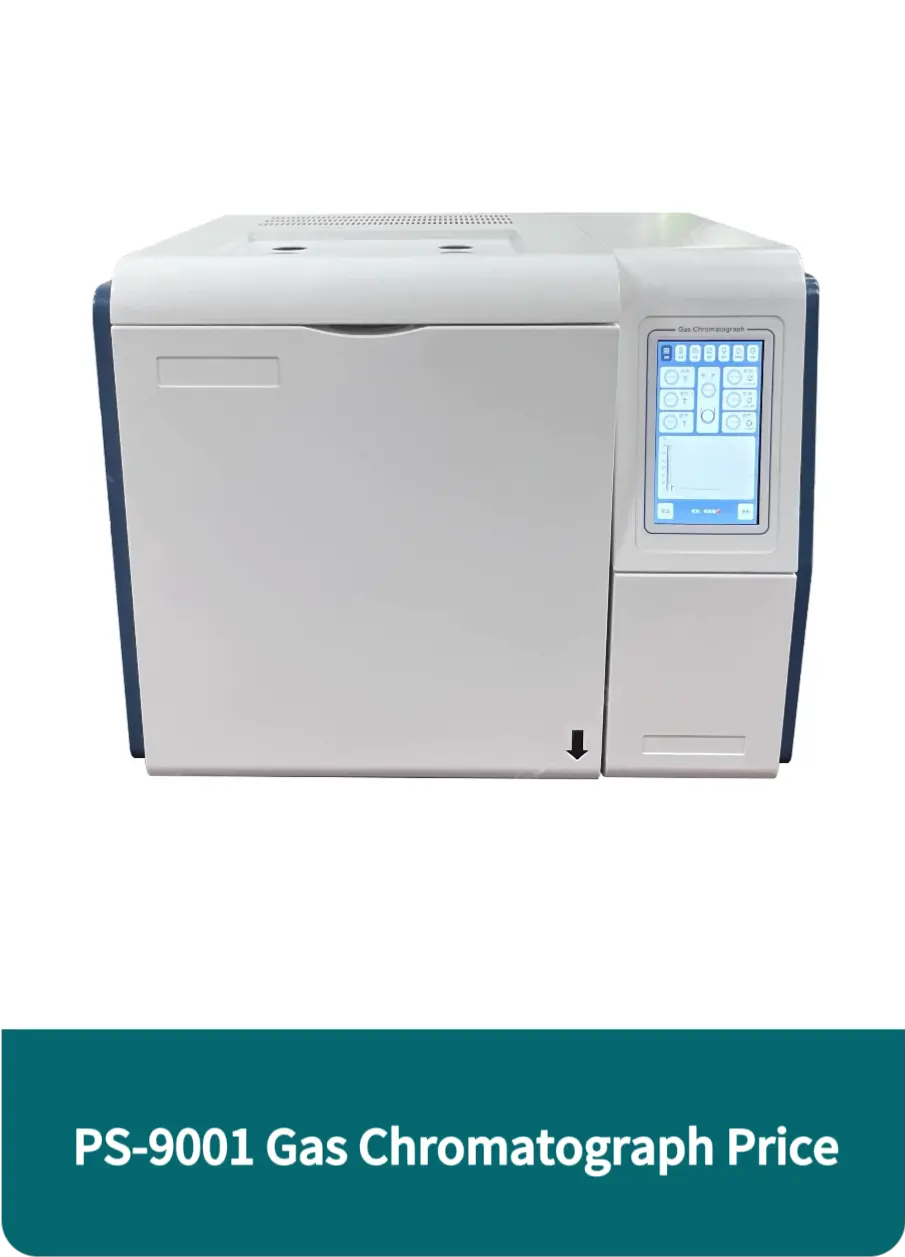 English
English



-
 Afrikaans
Afrikaans -
 Albanian
Albanian -
 Amharic
Amharic -
 Arabic
Arabic -
 Armenian
Armenian -
 Azerbaijani
Azerbaijani -
 Basque
Basque -
 Belarusian
Belarusian -
 Bengali
Bengali -
 Bosnian
Bosnian -
 Bulgarian
Bulgarian -
 Catalan
Catalan -
 Cebuano
Cebuano -
 China
China -
 China (Taiwan)
China (Taiwan) -
 Corsican
Corsican -
 Croatian
Croatian -
 Czech
Czech -
 Danish
Danish -
 Dutch
Dutch -
 English
English -
 Esperanto
Esperanto -
 Estonian
Estonian -
 Finnish
Finnish -
 French
French -
 Frisian
Frisian -
 Galician
Galician -
 Georgian
Georgian -
 German
German -
 Greek
Greek -
 Gujarati
Gujarati -
 Haitian Creole
Haitian Creole -
 hausa
hausa -
 hawaiian
hawaiian -
 Hebrew
Hebrew -
 Hindi
Hindi -
 Miao
Miao -
 Hungarian
Hungarian -
 Icelandic
Icelandic -
 igbo
igbo -
 Indonesian
Indonesian -
 irish
irish -
 Italian
Italian -
 Japanese
Japanese -
 Javanese
Javanese -
 Kannada
Kannada -
 kazakh
kazakh -
 Khmer
Khmer -
 Rwandese
Rwandese -
 Korean
Korean -
 Kurdish
Kurdish -
 Kyrgyz
Kyrgyz -
 Lao
Lao -
 Latin
Latin -
 Latvian
Latvian -
 Lithuanian
Lithuanian -
 Luxembourgish
Luxembourgish -
 Macedonian
Macedonian -
 Malgashi
Malgashi -
 Malay
Malay -
 Malayalam
Malayalam -
 Maltese
Maltese -
 Maori
Maori -
 Marathi
Marathi -
 Mongolian
Mongolian -
 Myanmar
Myanmar -
 Nepali
Nepali -
 Norwegian
Norwegian -
 Norwegian
Norwegian -
 Occitan
Occitan -
 Pashto
Pashto -
 Persian
Persian -
 Polish
Polish -
 Portuguese
Portuguese -
 Punjabi
Punjabi -
 Romanian
Romanian -
 Russian
Russian -
 Samoan
Samoan -
 Scottish Gaelic
Scottish Gaelic -
 Serbian
Serbian -
 Sesotho
Sesotho -
 Shona
Shona -
 Sindhi
Sindhi -
 Sinhala
Sinhala -
 Slovak
Slovak -
 Slovenian
Slovenian -
 Somali
Somali -
 Spanish
Spanish -
 Sundanese
Sundanese -
 Swahili
Swahili -
 Swedish
Swedish -
 Tagalog
Tagalog -
 Tajik
Tajik -
 Tamil
Tamil -
 Tatar
Tatar -
 Telugu
Telugu -
 Thai
Thai -
 Turkish
Turkish -
 Turkmen
Turkmen -
 Ukrainian
Ukrainian -
 Urdu
Urdu -
 Uighur
Uighur -
 Uzbek
Uzbek -
 Vietnamese
Vietnamese -
 Welsh
Welsh -
 Bantu
Bantu -
 Yiddish
Yiddish -
 Yoruba
Yoruba -
 Zulu
Zulu
steam distillation apparatus
Understanding Steam Distillation Apparatus A Key Tool in Organic Chemistry
Steam distillation is a widely used technique in organic chemistry that allows for the separation and purification of volatile compounds from non-volatile impurities. This process leverages the principle of distillation but incorporates steam, thereby lowering the boiling points of various substances, which is particularly advantageous for heat-sensitive materials. The steam distillation apparatus is the essential setup used for this technique, and understanding its functionality is crucial for both academic research and industrial applications.
A typical steam distillation apparatus consists of several key components a steam generator, a distillation flask, a condenser, and a receiving flask. The steam generator produces steam, which is then introduced into the distillation flask containing the mixture to be separated. Here, the steam helps to vaporize the volatile compounds in the mixture without the need for high temperatures that could cause decomposition.
Once the volatile compounds are vaporized, they are carried along with the steam into the condenser. The condenser plays a critical role in the apparatus by cooling the vapor, allowing it to return to its liquid state. The cooling is usually facilitated by running cold water through the condenser, which absorbs the heat from the vapor, ensuring efficient condensation. The resulting liquid, a mixture of water and the distilled volatile compounds, then flows into the receiving flask, where it can be further separated or purified if necessary.
steam distillation apparatus

One of the primary advantages of this technique is its ability to distill temperature-sensitive organic compounds, such as essential oils and certain natural products, without causing degradation. Additionally, the method effectively separates immiscible compounds, making it ideal for isolating natural oils from plant materials. This specificity is especially important in fields like perfumery, flavoring, and medicinal chemistry.
The application of steam distillation extends beyond the laboratory; it is also prevalent in various industrial processes. For instance, the essential oil industry relies heavily on this technique for extracting flavors and fragrances from raw materials, while the petrochemical industry utilizes it for fractionating crude oil. This versatility underscores the significance of the steam distillation apparatus in both research and commercial environments.
Safety considerations are paramount when using the steam distillation apparatus. As the components deal with heat and potentially hazardous materials, proper safety measures, including the use of appropriate personal protective equipment (PPE) and adherence to established protocols, are essential to prevent accidents and ensure successful results.
In conclusion, the steam distillation apparatus is a vital instrument in the separation of volatile compounds in organic chemistry. Its design and functionality cater to the needs of researchers and industries alike, enabling the efficient extraction and purification of valuable substances while mitigating the risk of thermal decomposition. As science progresses, enhancements in steam distillation techniques and apparatus designs continue to evolve, promising even more effective separation methods for future applications.
-
Exploring the Main Types of Industrial Endoscopes and Their Applications Across IndustriesNewsJul.04,2025
-
Testing Equipment Industry Sees Major Advancements in 2025: Smart & Precision Technologies Lead the WayNewsJun.06,2025
-
Applications of Direct Current Generators in Renewable Energy SystemsNewsJun.05,2025
-
Hipot Tester Calibration and Accuracy GuidelinesNewsJun.05,2025
-
Digital Circuit Breaker Analyzer Features and BenefitsNewsJun.05,2025
-
Benefits of Real-Time Power Quality Monitoring Devices for Industrial EfficiencyNewsJun.05,2025



